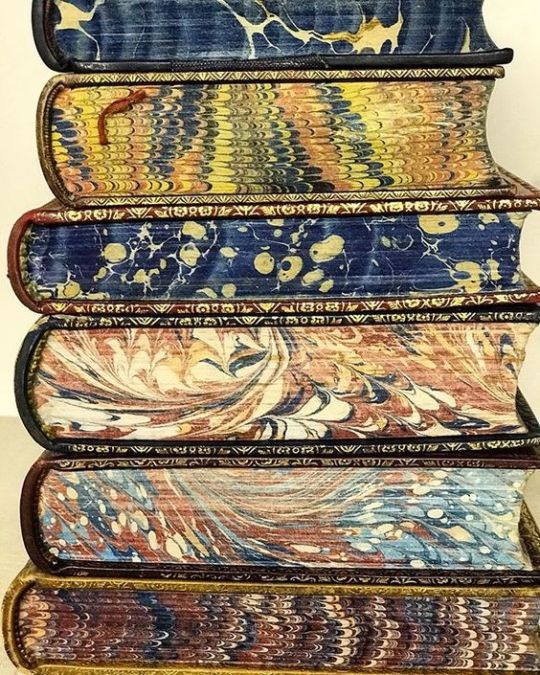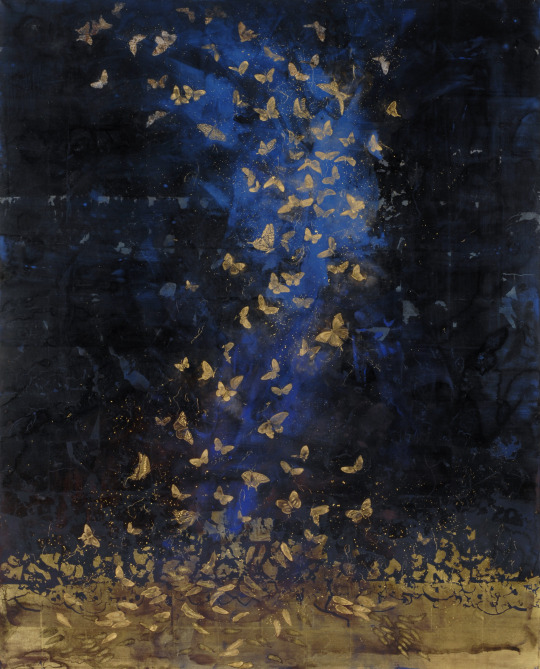Text
hey don't be sad. deeply silly 18th century Iranian bird scissors.



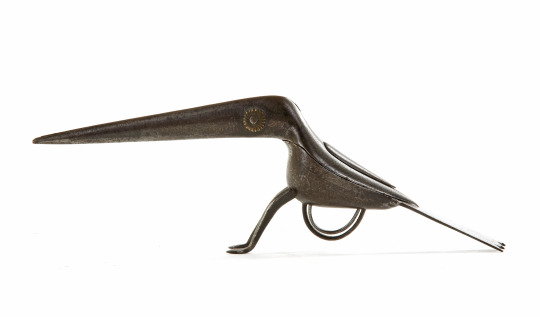
(source: benaki museum, auction)
36K notes
·
View notes
Text
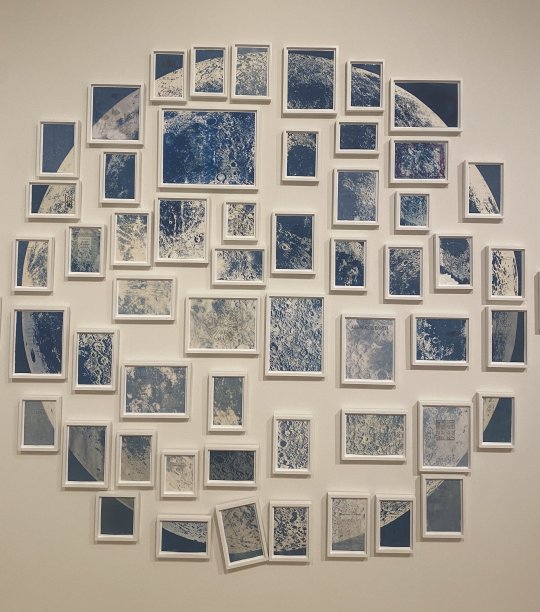

Ala Ebtekar, Thirty-Six Views of the Moon (from the San Jose Museum of Art)
Cyanotype prints on found book pages exposed to moonlight.
Thirty-six Views of the Moon is a collection of night exposures, left from dusk till dawn and exposed by moonlight on book pages from texts referencing the moon and night sky spanning the last ten centuries. Working with photographic negatives of the Moon from the Lick Observatory archives in Northern California and treating each book page with Potassium ferricyanide and Ammonium ferric citrate (cyanotype) to make the surface of the page light-sensitive, the pages are then exposed overnight by the UV-light emitted by the moon. The work takes its cue from a poem by Omar Khayyam that imagines us as the objects of the Moon’s omnipresent gaze and, in response, produces a vignette of windows on the Moon that abstract the typical celestial gaze, merging galaxy with ground to collapse space and time.
(McEvoy Foundation for the Arts)
15K notes
·
View notes
Photo
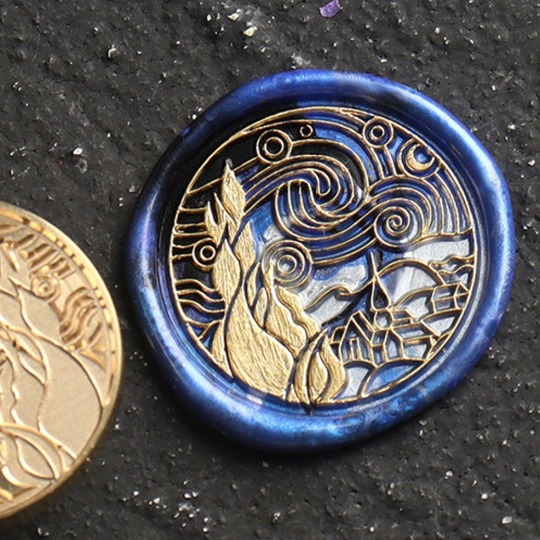
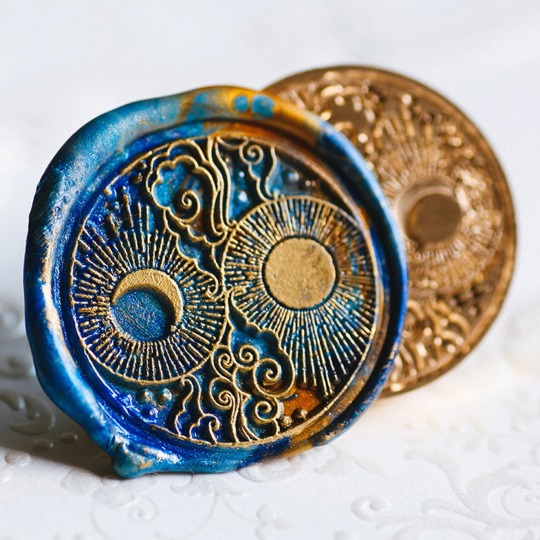
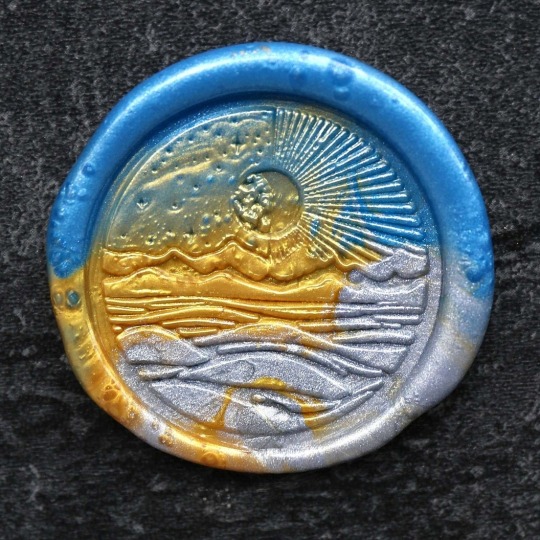
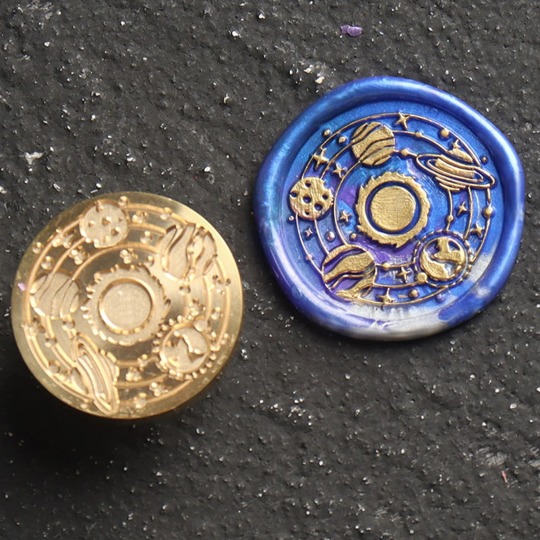

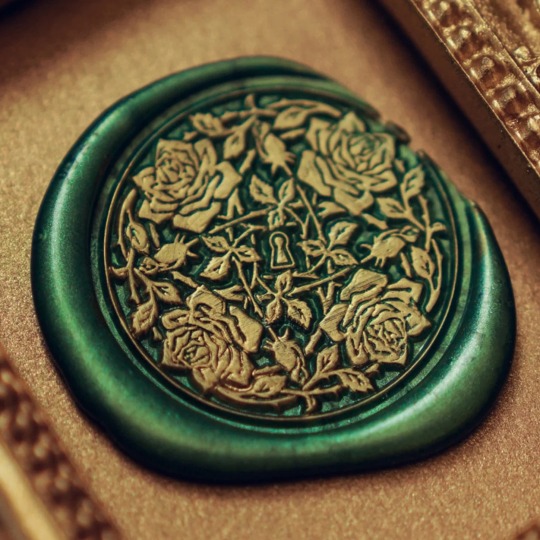
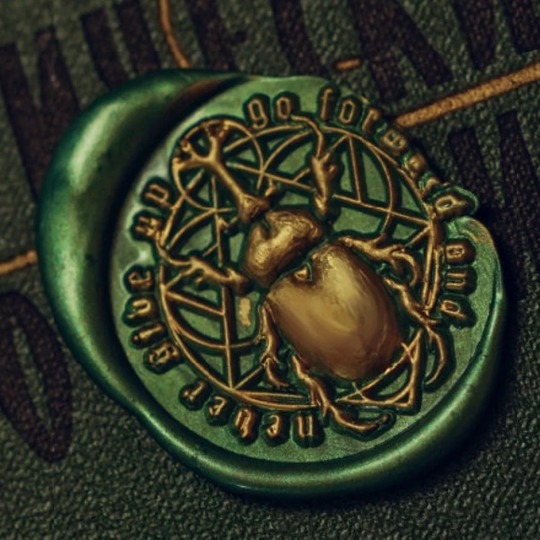
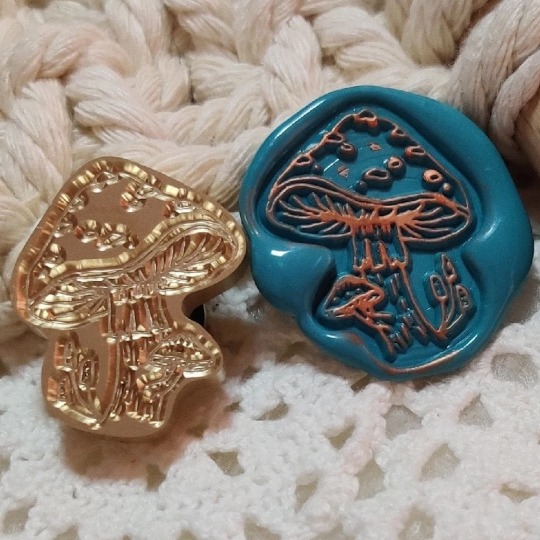


Wax Seal Stamps and Mixed Wax Beads // Fiona Supply Shop
10K notes
·
View notes
Photo

The Blacker the Berry: Chapter • IV
Photography by Bobby Rogers
12K notes
·
View notes
Text

~ Fresco of a winged woman.
Culture: Roman
Date: A.D. 1st - 2nd century
Medium: Fresco painting; Ocher and brown tones on a red background.
306 notes
·
View notes
Photo
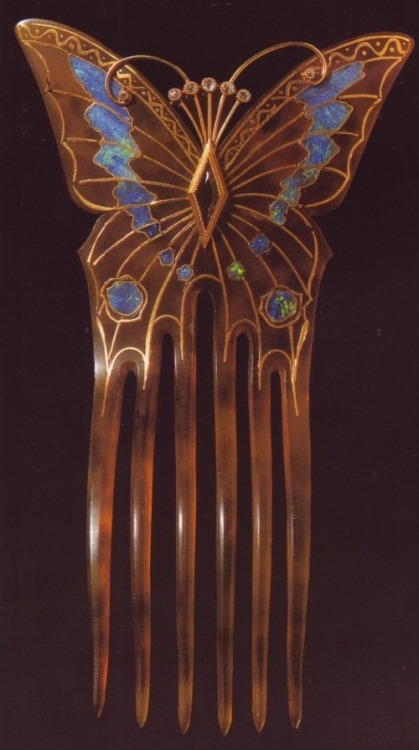
Comb by Georges Fouquet and Alphonse Mucha (ca. 1901)
1K notes
·
View notes
Photo
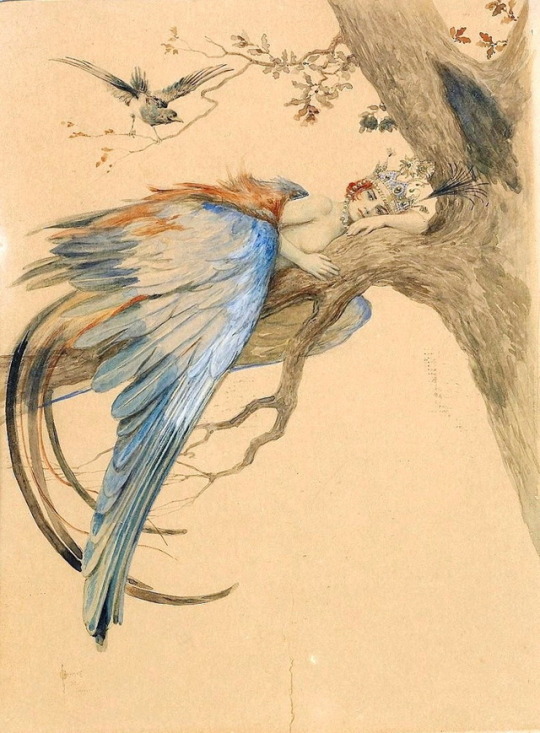
Sergey Solomko - Bue Bird (Blue Sirin) (1903)
311 notes
·
View notes
Photo

Pavlos (Greek, b. 1930), La Vague [The Wave], 1966. Paper construction in Plexiglas box, 139 x 117 cm.
891 notes
·
View notes
Photo
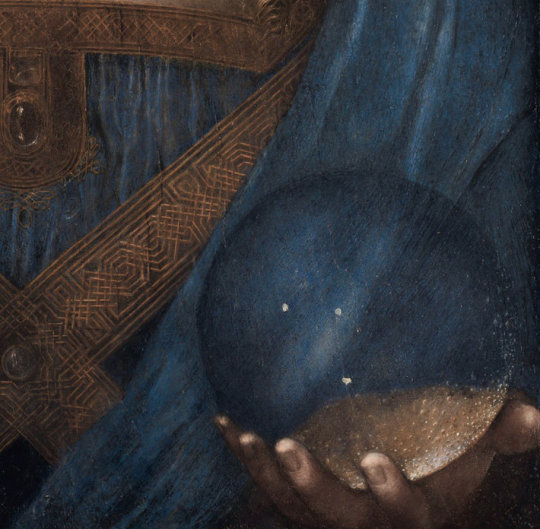
Detail. Salvator Mundi. Attr. to Leonardo da Vinci. 1500
17K notes
·
View notes
Photo

Spell Weaving
Here’s a fun, meditative way to construct a spell! You’ll need:

A small cardboard/cardstock box. This is what you’ll be making a loom out of. Matchboxes work great for ultra-small weavings. You can size up to the boxes checks come in, or shipping boxes, or you can buy a lap-size loom at craft stores.
Weaving materials, matched to your intent. Here’s a great blog post on fabric correspondences. My intent for this spell weaving was a better mood, or a lighter spirit, so I went with sky blues and a balance of materials. By far the cheapest way to get a variety of natural cotton thread is embroidery floss. It’s all natural cotton, comes in every shade and hue, and costs less than fifty cents for a skein.
Additional objects to weave in–in this case, a feather and three beads. You can add crystal beads, sprigs of herbs, linear sigils on narrow paper and anything else that can be embedded between warp strands or worked into the weft.
Scissors
Large- and small-eyed needles. It helps me to have needles that can span the entire width of my loom.
The most important part of this process is to weave intentionally! You can repeat an incantation or mantra as you go. Weaving is a lot of repetitive motion and it’s a great opportunity to focus on what you want to accomplish with this spell.

I cut an arm’s length of embroidery floss and split it into its six strands.
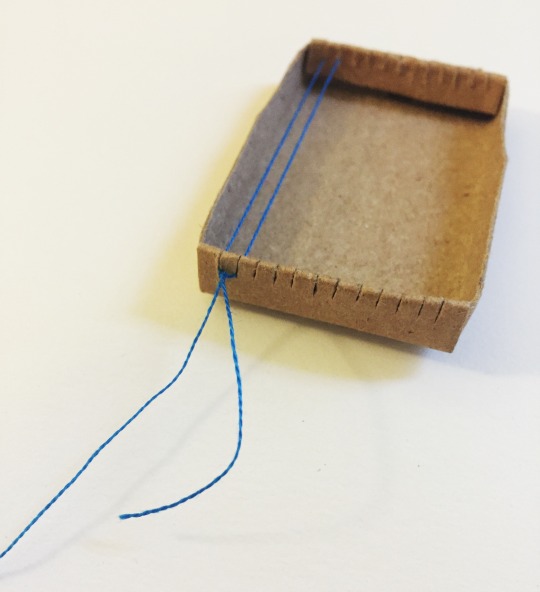
With a craft knife or one side of a pair of scissors, I cut an even number of slits into the short sides of the box. I take a few inches of my separated embroidery floss and stretch them between the slits, lengthwise across the box, and then back. Tie them at the base. This is the first pair of warp threads.
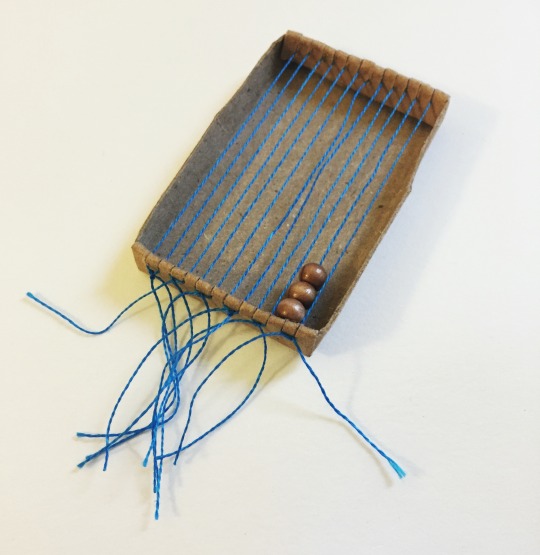
I continue tying warp threads all the way across. On the second to last thread I added my wood beads.
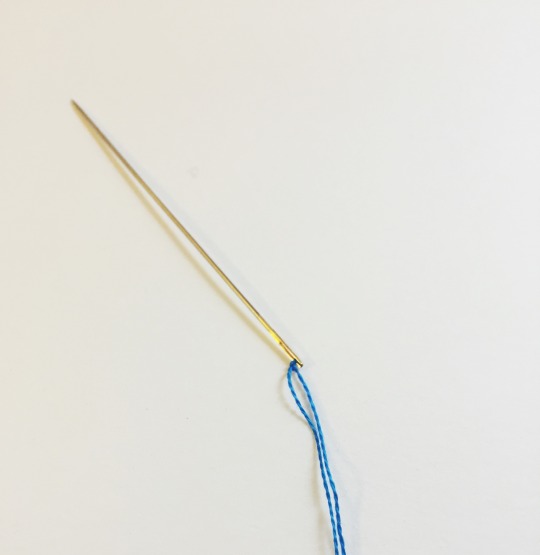
I thread my small-eyed needle and knot the thread so it doesn’t slip while you’re weaving.

At the base of the box, I weave my needle under every other warp thread. The most important thing to remember is to be consistent from both sides. If you start by going under the first thread under the right, when you go back from the left, start by going under the first thread on the left too.
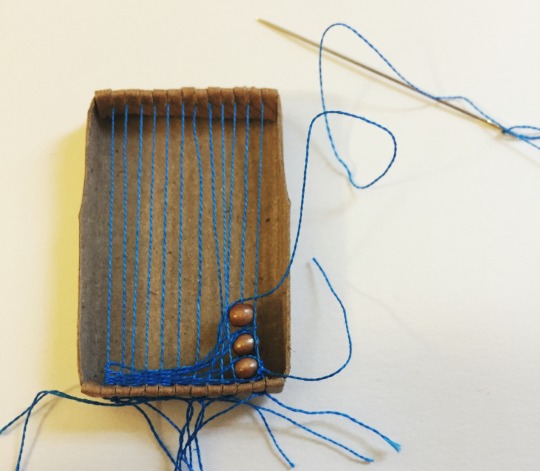
I weave around my beads and leave a lot of space to fill in on the left, which is the perfect opportunity to bring in…
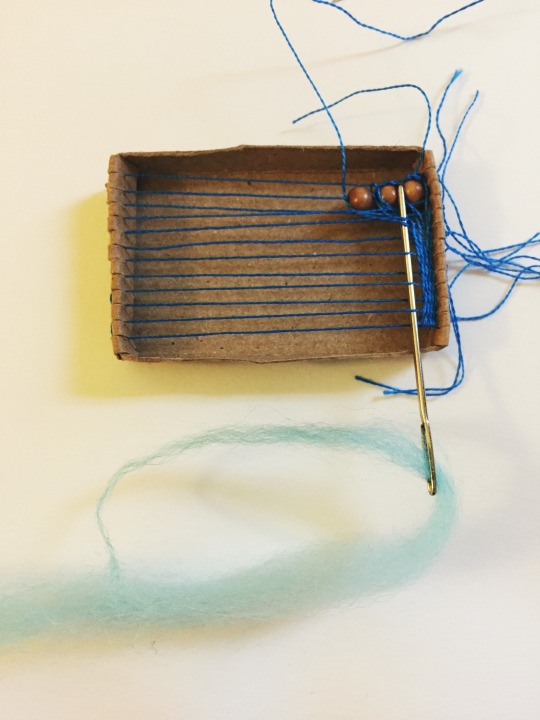
… wool roving! With my large-eyed needle I start weaving it into the open space above my thread.
If your spell is designed with a multi-part incantation, switching sections when you change materials is a great way to work that in.
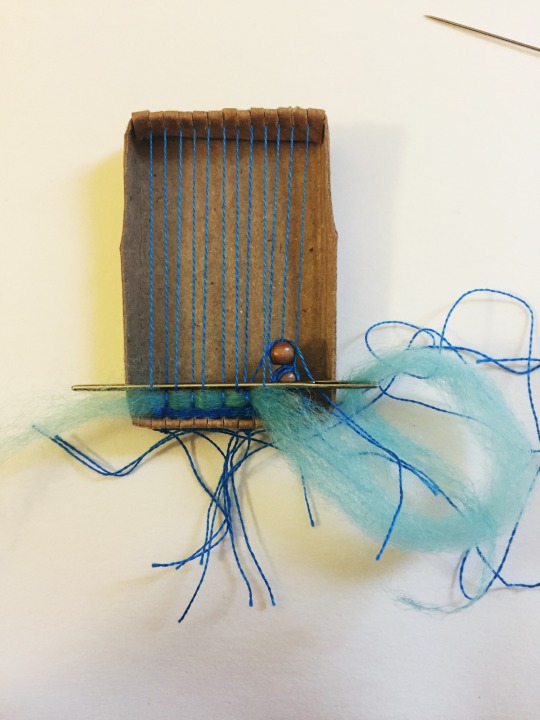
As I double back I pull down with my needle to straighten out the roving.

I work my tail in on the left side, and then, when it’s time to switch back to thread, I wrap the last bit of roving around my small-eyed needle as I weave the next row.
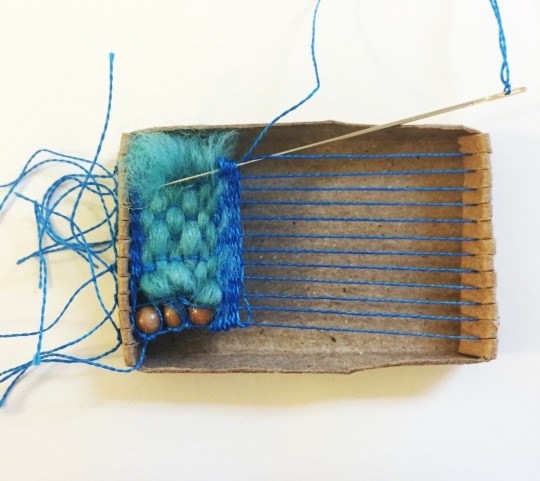
When I finish the next block of thread and have a few inches left on my needle, I wrap around the left warp and push the needle down through the weft. Then I whip stitch around the left side in order to clean up the roving.

With my thread coming out of the bottom of the box once more, I have another tail to tie off and trim just like the warp threads.
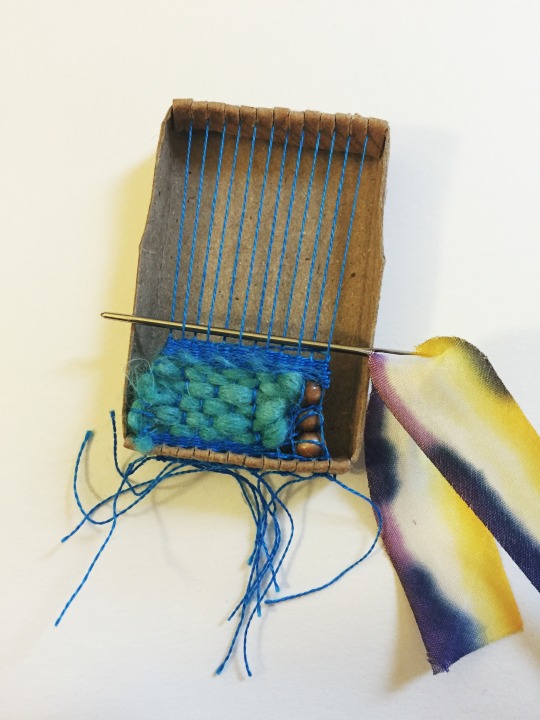
Next I’m going to work in some ribbon with my large-eyed needle.
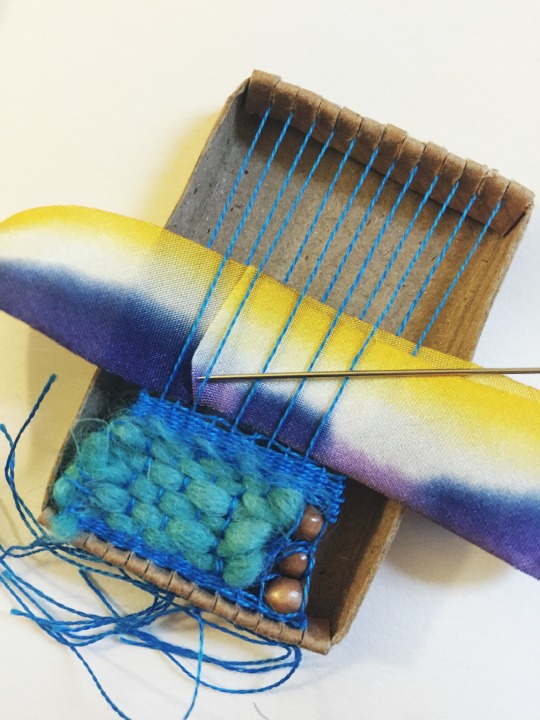
I weave it through once, and then wrap the tail around and use the needle to push it under the same warp threads.
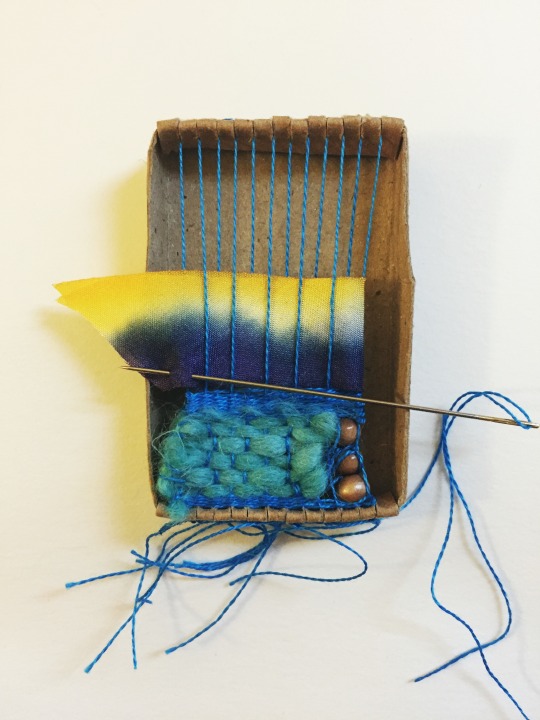
I trim it at an angle and use my thread to whip stitch underneath the ribbon and warp.

Then I proceed with my next block of thread weft.

This is about as high as I wanted to go for this weaving. I can keep going almost to the edge of the box, but I always have to be conscious that it will loosen a little when I take the warp out of the slits.
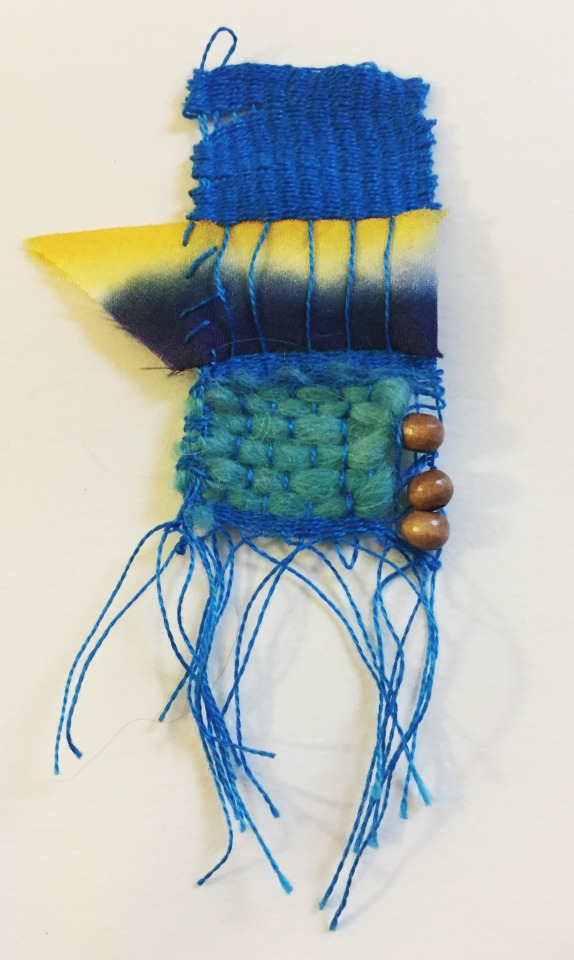
Here it is fresh off the loom box! A little crooked, and I haven’t frayed the warp thread tails or added the feather yet.

I insert the feather’s quill directly into the wood beads.
Once I have it finished, I can attach a springless safety pin, and now the spell weaving can be worn as an amulet. You can hang it on your wall as a subtle decorative ward. It’s also just the right size to serve as a mat for a raw crystal–which is a great way to charge!


Here are three more of my looms and the weavings that came from them. Top left is a vintage Jasco mender, top right is a Reclaiming Craft super tiny acrylic loom, and bottom is a lap loom from a craft store, which is just big enough to use the full-length projects as tarot spread cloths, or fold into pouches.
The bottom weaving uses cotton yarn, and I wove the same direction two times for each row to let the warp show through in that dot pattern. The top left weaving is wool embroidery floss, which holds its shape beautifully when you take it off the loom. The top right is cotton that I colored with alcohol ink before I wove it–I was hoping for a sunset-looking scene, and it did not disappoint! When you start with plain white yarn or thread and you know exactly how wide the finished weaving will be, the potential is limitless for custom color correspondences, simple images, and even sigil-like results!
Even when a weaving is finished you can still attach small pendants, little bells, or anything else your spell requires. You can also go back and embroider sigils directly into the weft.
Go weave some witchcraft!
3K notes
·
View notes
Photo

● Ambient Mages of Emelan ●
~Weather Mages
These mages work their magic through the weather itself, sometimes specializing in winds, rain, snow, or tides but rarely in seismic activity, tsunamis, and storma
8 notes
·
View notes
Photo
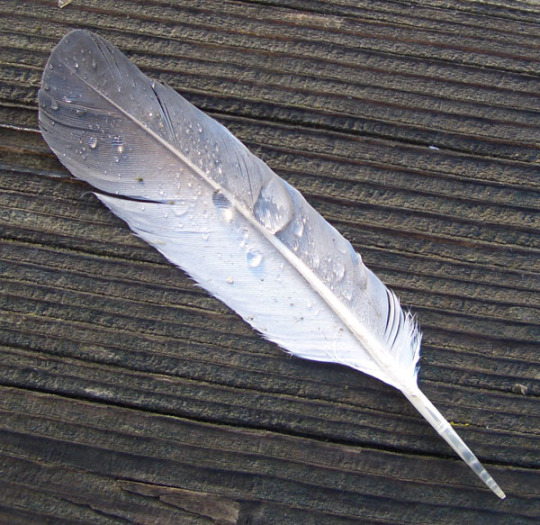
The Use of Feathers in Folklore and Magic
Similar to Bones, Feathers were most commonly used as talismans and hair adornments.
In some cultures, finding a feather meant that your most recent prayer would be answered. In others, finding a feather on the ground shortly after the death of a loved one was often taken to mean that the person who recently passed away was thinking about you. The feathers of Crows, which are notoriously symbolic of Death and Change in most cultures, were sometimes carried or worn during mourning in an effort to help one let go of the pain and move on.
In Naval lore, particularly that or the British Women’s Royal Navy, Wrens were said to protect against shipwrecks and drowning, and their feathers were often worn as talismans to prevent against such things. It was common custom during WWII, though the practice was said to have originated before or during the Boer War, to present a white feather to a man who escaped or fled from the draft, showing that you found them cowardly or dishonest and disloyal. Split Goose feathers were symbolic of protection and it’s said that anyone in East Anglia who wore was was automatically to be granted help and protection under the Fenmen. The feathers from Raptors and other Birds of Prey were usually ranked among the most valuable of feathers to some Native American Cultures, whereas in some Amazonian cultures others were considered much more valuable.
Because of the eye-like pattern on the tail feathers of Male Peacocks, they’re commonly associated with darker things such as imminent death and the Evil Eye in most Mediterranean cultures. Opposite to the Mediterranean associations, however, Peacock feathers represented Good Luck, Patience, and Kindness in Indonesian and South Asian cultures, and in Roman mythos the feathers of Peacocks symbolized the Vault of the Heavens and the All-Seeing knowledge of the Gods. Sewing a Swan’s feather into the pillow of your spouse was used as a charm to ensure that they would remain faithful in the marriage, whereas Pigeon feathers placed under the pillow of the dying was believed to prolong their pain and suffering.
Feathers are seen as symbols of Flight, Travel, Swiftness, Cunning, Communication, Wisdom, Spirituality, and Spiritual Power, and the feathers of specific birds may mean certain things as well. For instance, the feathers of Blue Jays were said to bring light into darkness, and those of Robins were said to do the same whereas the feathers of Kingfishers were said to ward against Negativity and bring one Good Luck and Health.
Colors are also a major component in the effectiveness and use of feathers, with White feathers being associated with love, peace, and good luck. red feathers symbolizing courage, danger, or strength, blue feathers symbolizing communication, so on, and so forth.
In Tasseography readings the symbol of a feather often means an artistic or mental block, lack of concentration, and instability, but In Dream Interpretation, feathers symbolize travel or the ability to move freely in life. Augury (divination through observing the behavior of Birds), Alectryomancy (divination by observing which grain pieces of letters in a circle a rooster crows at or eats), Apantomancy (divination through chance animals you encounter), and Orinithomancy (Divination by studying omens and symbols associated with Birds), are all divination methods that may involve birds in their live states, whereas Spatilomancy (divination through skin, bones, etc) may sometimes include the use of feathers in the collection of items to be read.
Similar to bones, they were also commonly used components in earlier Witch’s ladders, Spirit Bottles, to create Fetches, and other things.
[Image Source]
2K notes
·
View notes
Link
I’m not against diversifying your religious portrayals and wanting to deviate away from Eurocentric norms. These are good things, but for the love of Aiur don’t just dive in armed with nothing but good intentions. Research the cultures and religions you’re pulling from extensively, and pay sensitivity readers from those cultures to help verify your content for accuracy, and also to help point out your own blind-spots where you may have missed something or stumbled into problematic territory.
1 note
·
View note


